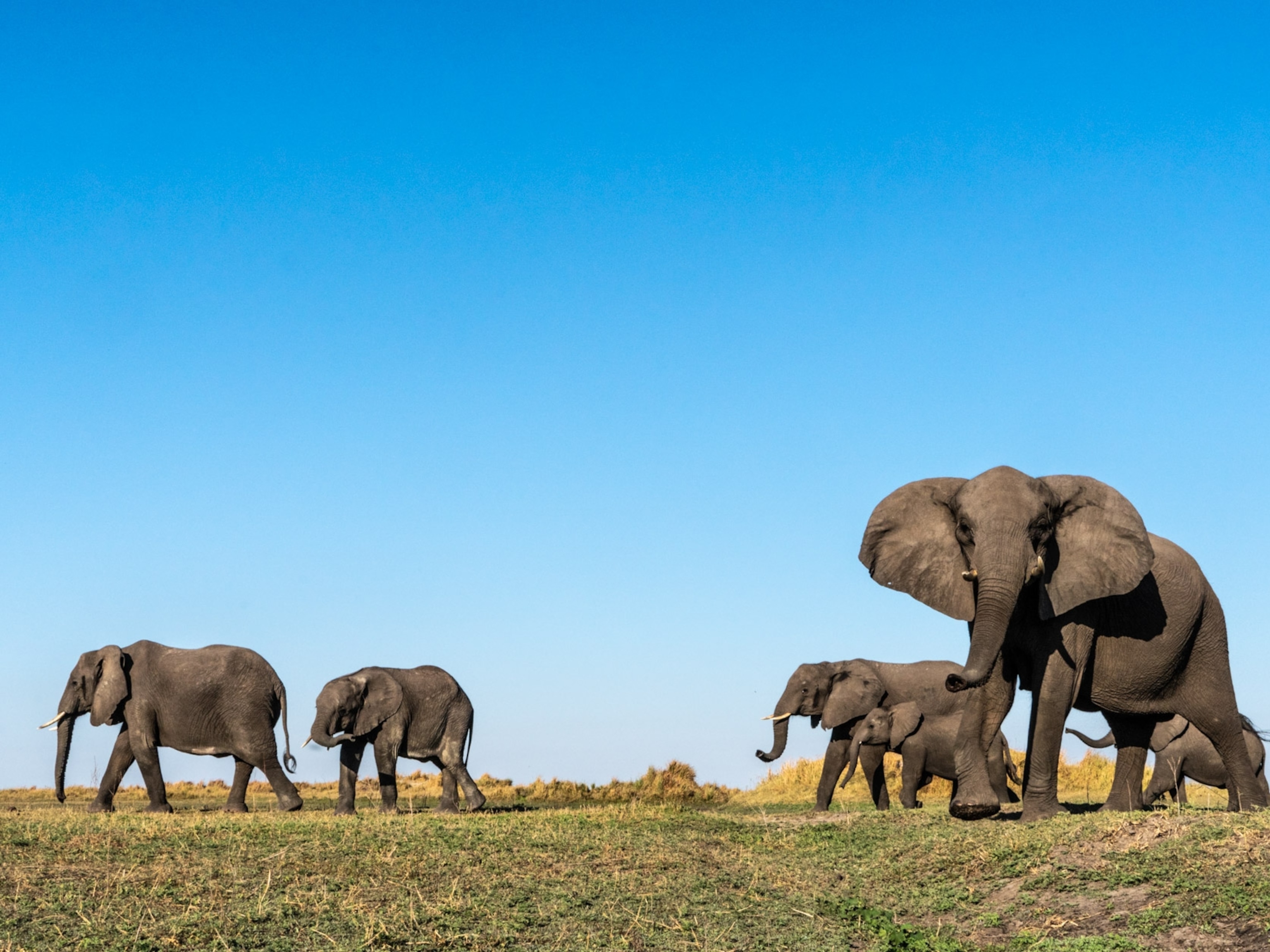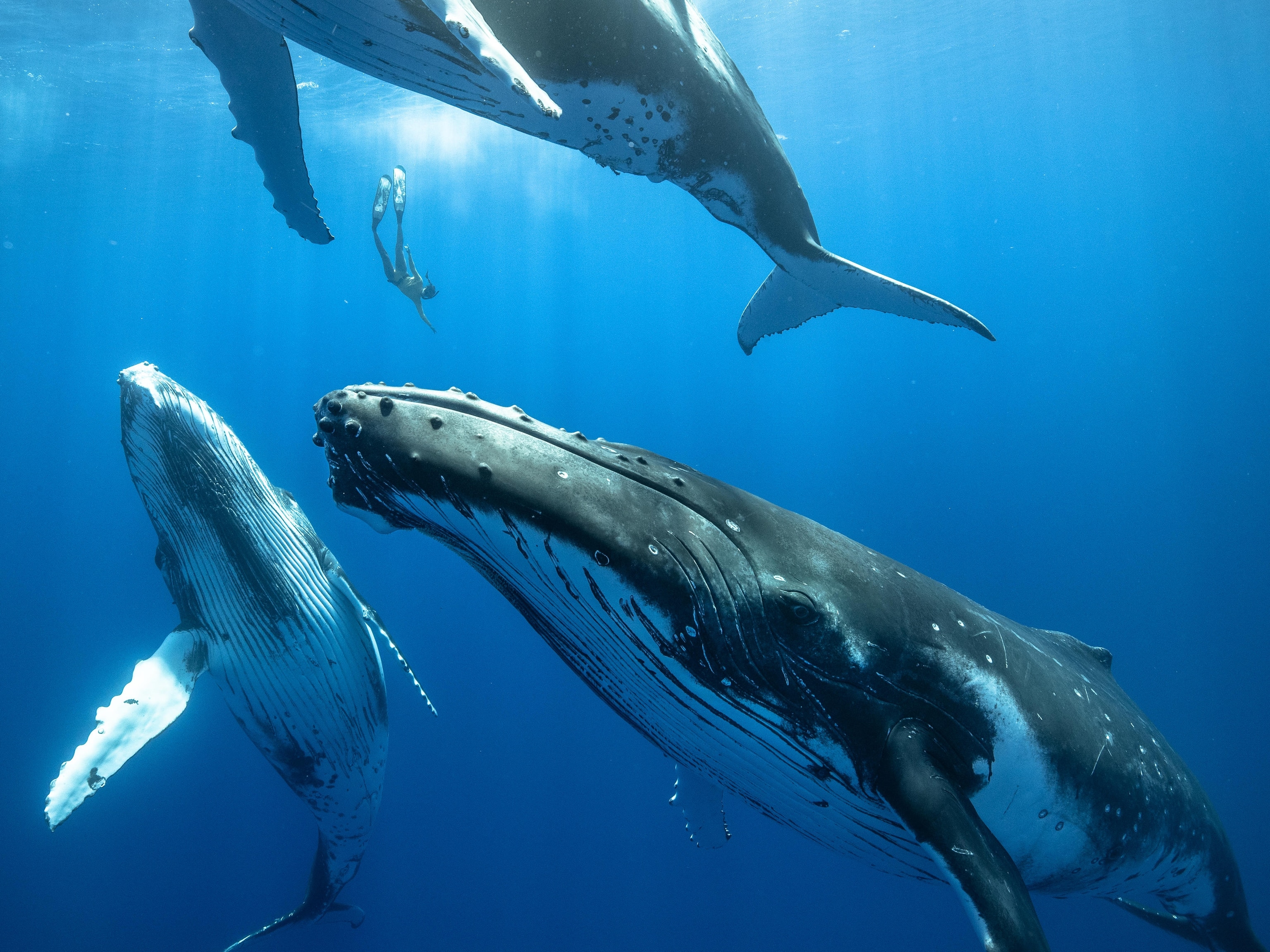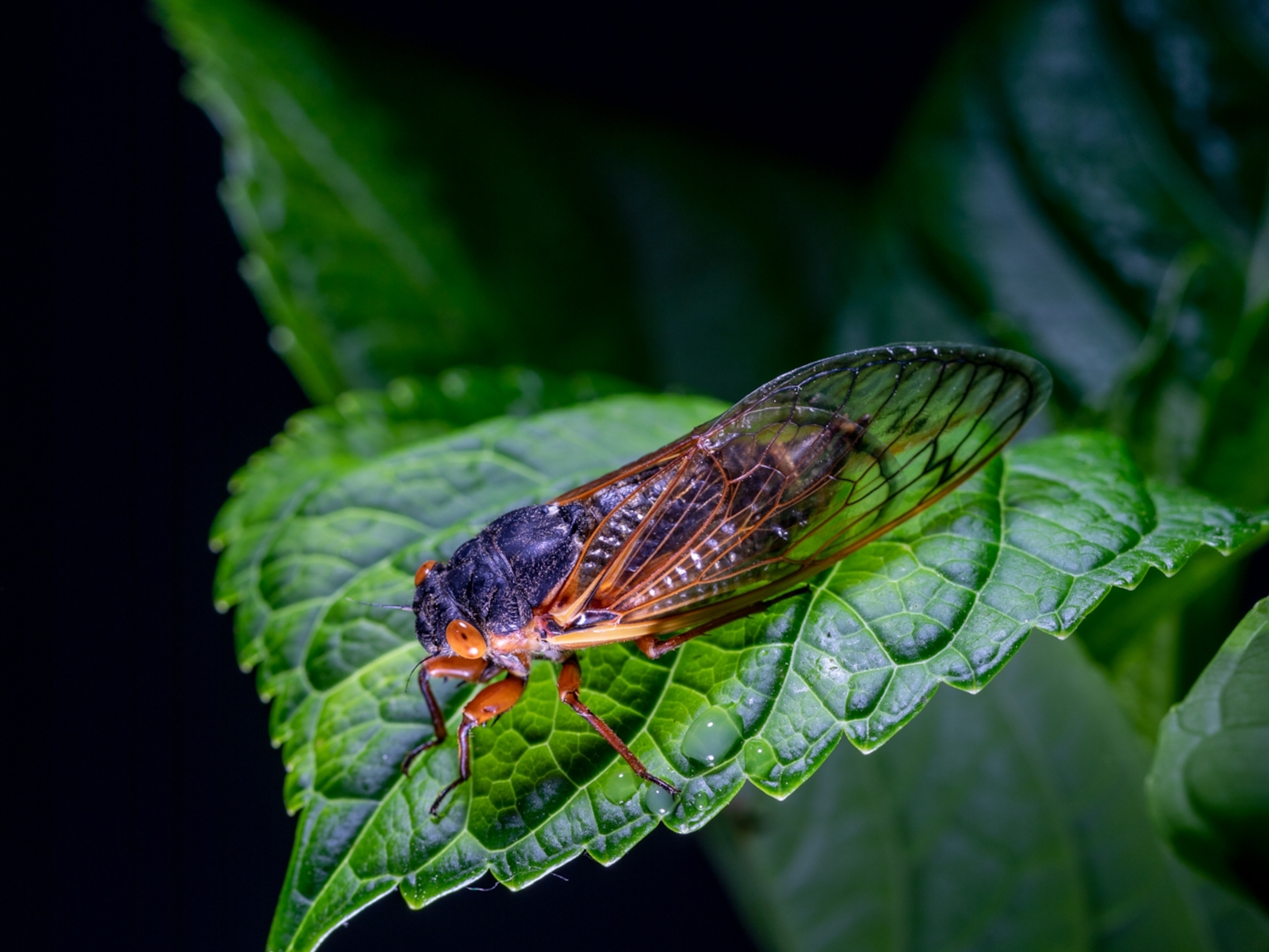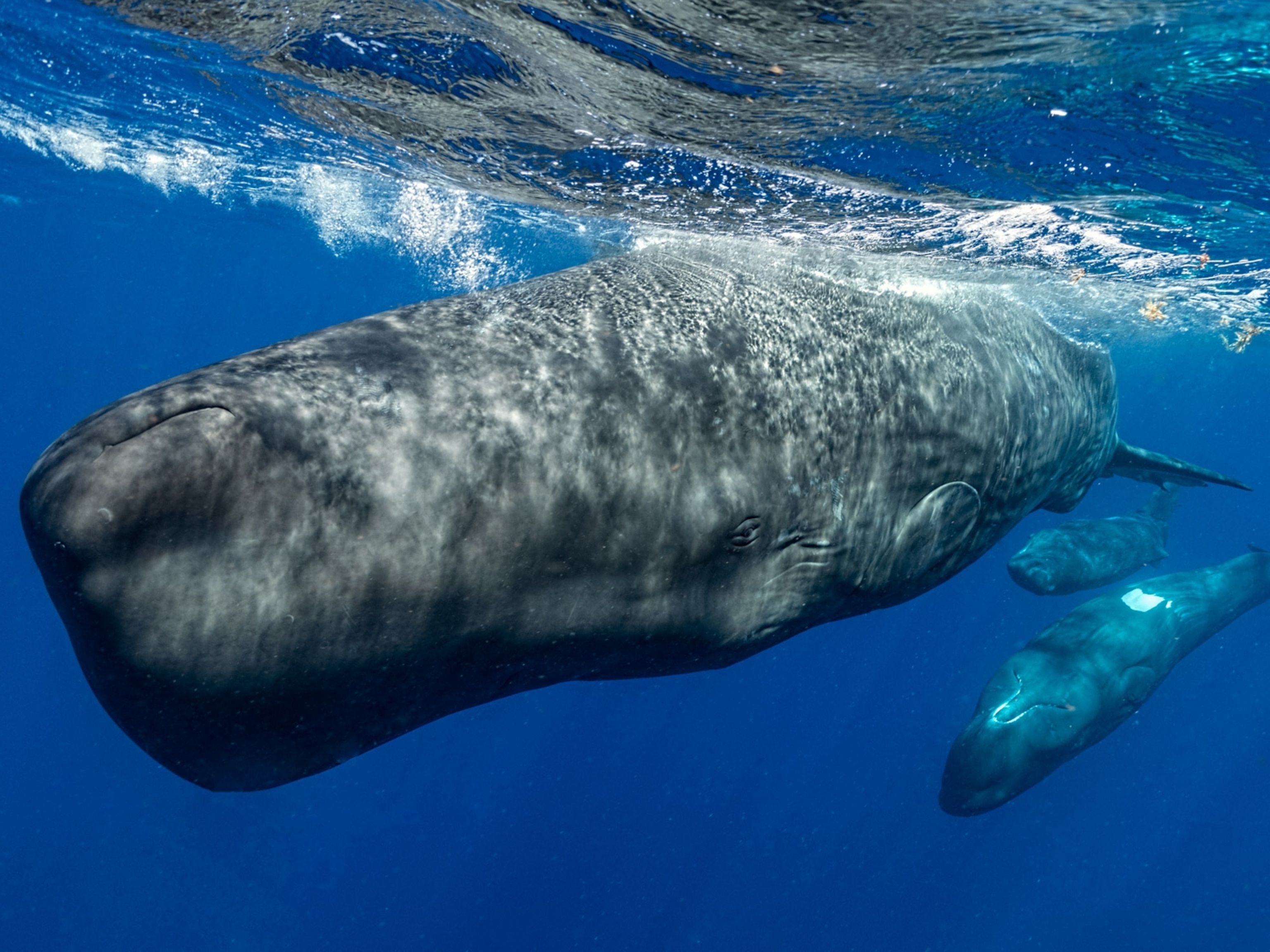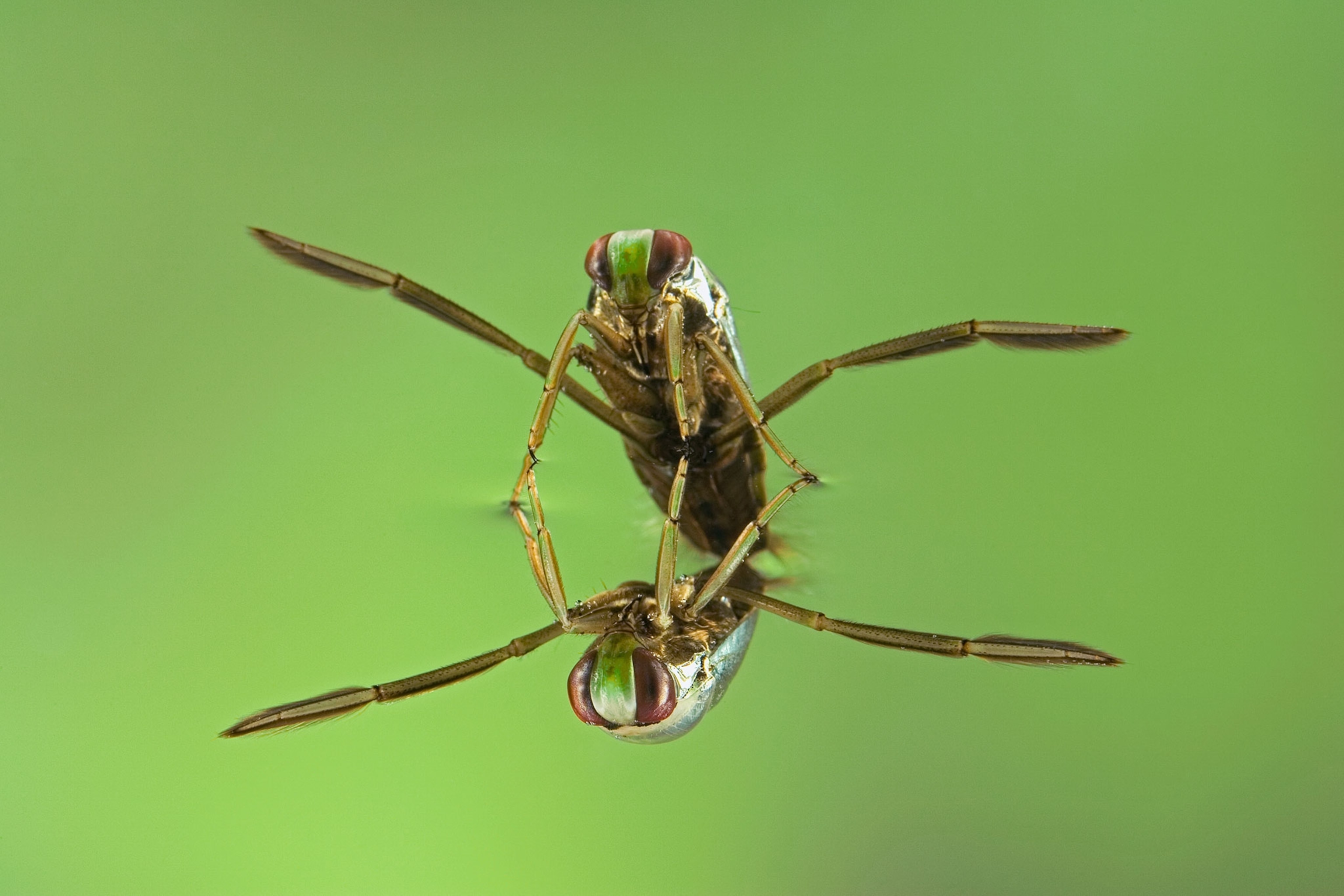
This Bug's Penis Is a Built-In Violin
Get the why and how behind the sounds of the water boatman, sperm whales, and other noisy animals.
How do you play a built-in trumpet?
When a friend asked, “Do elephants make that trumpeting sound through their nose or mouth?” that prompted us to take a deeper look at how animals make some of their unique sounds.
Elephants
“Mostly the trumpeting sound is made with the trunk only,” among the African forest elephants studied at Cornell University’s Elephant Listening Project says project director Peter Wrege via email.
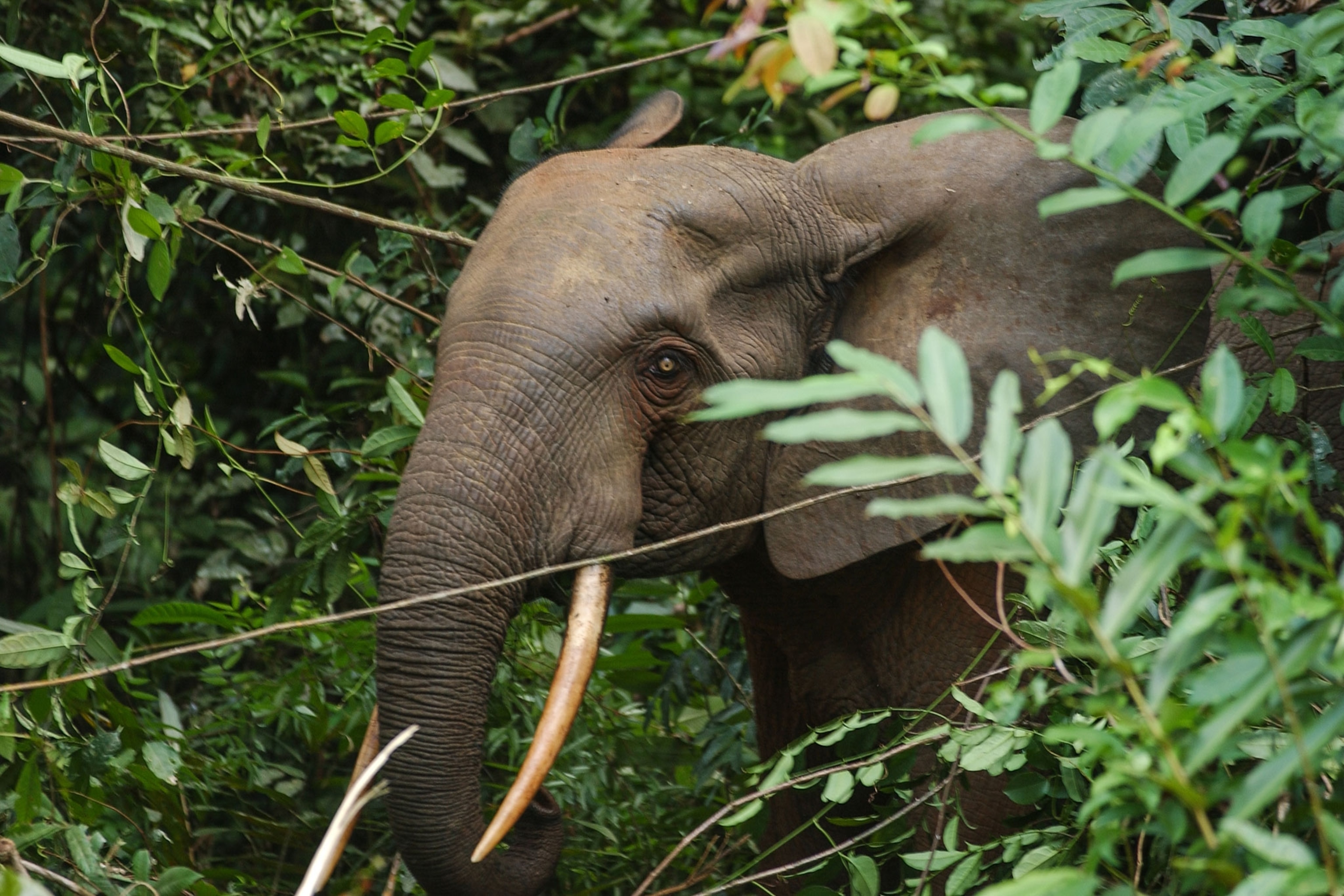
It’s “a bit like sounds we make by blowing air forcefully through mostly closed lips,” though sometimes they add “a bit of a ‘voice.’” (Related: What Elephant Calls Mean: A User’s Guide)
“Try it,” Wrege suggests, “but be careful where.”
Wrege thinks all of the sound, “including the components added by the vocal fold vibration,” is emitted from the end of the trunk—it wouldn’t be surprising, he says, if the mouth is involved in producing the trumpets as well, depending on the emotional state of the elephant.
Wrege says elephants make this sound “in times of high excitement, fear, or happiness,” among this species, and we can see why. It tickles.
Cicadas
Whether they emerge annually or every 13 or 17 years, cicadas make a deafening racket in the spring and summer for one reason.
“It’s all about sex,” with males calling to females, says Ed Spevak, curator of invertebrates at the St. Louis Zoo.

Cicadas have a “timpanum, a portion of the abdomen which is like the clickers that people use to train their dogs and cats,” Spevak says. They depress and release a membrane which makes the click sound. A resonating chamber amplifies the sound.
Different species—there are some 3,000 cicada species in total—have different frequencies and patterns, enabling them to tell each other apart.
Australia alone has around 200 cicada species, and these Aussie varieties are the loudest, according to Spevak. These bugs can hit 120 decibels, the intensity of a thunderclap.
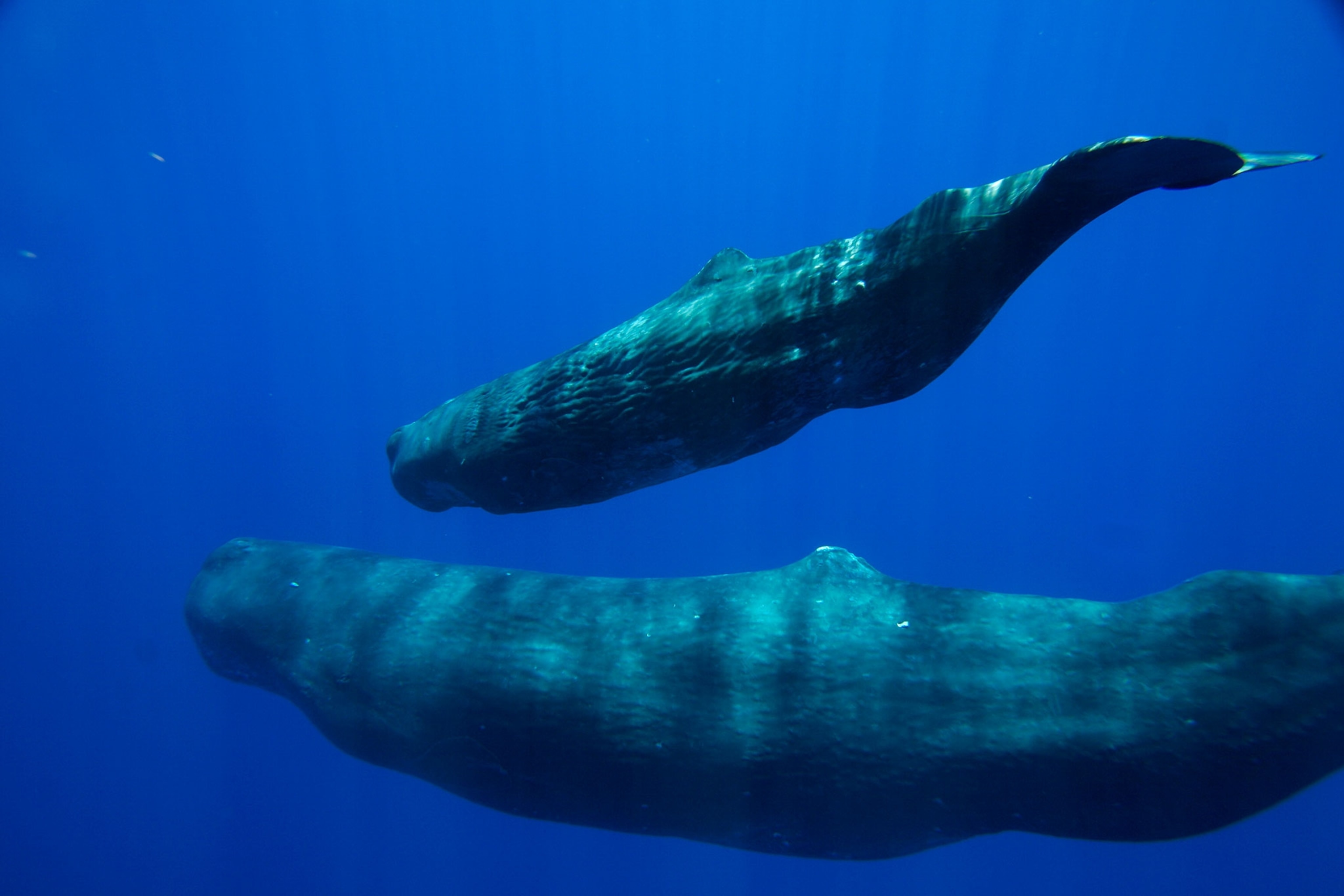
Sperm Whales
Sperm whales talk over distance, find each other, and navigate with sounds their noses make. It would be as if we evolved smart phones in our schnozzes.
There are two little balloons under the whale’s one nostril, which “moves air from one to the other,” like air spewing from a whoopee cushion, says Shane Gero, founder of the Dominica Sperm Whale Project. That air opens and closes a membrane that makes clicking sounds.
Whales also use two oil-filled tubes, the spermaceti organ, which bounces sound off the back of the head and the junk, a segmented tube in the front of the head.
Those segments in the junk “help to directionalize the sound,” so it comes out in a loud, well-aimed beam. This echolocation system makes whales highly successful hunters.
For communicating with each other, though, whales likely don’t send clicking sounds through the junk, so they can be heard over shorter distances “and radiate in all directions,” Gero says.
Water Boatman
This insect the size of a rice grain is the loudest animal relative to body weight.
A world citizen, the tiny water boatman chirps by rubbing its penis across its ridged belly. At 105 decibels, the bug’s noise clocks in just louder than a motorcycle. (Related: World’s Loudest Animals - Bug With ‘Singing’ Penis, More)
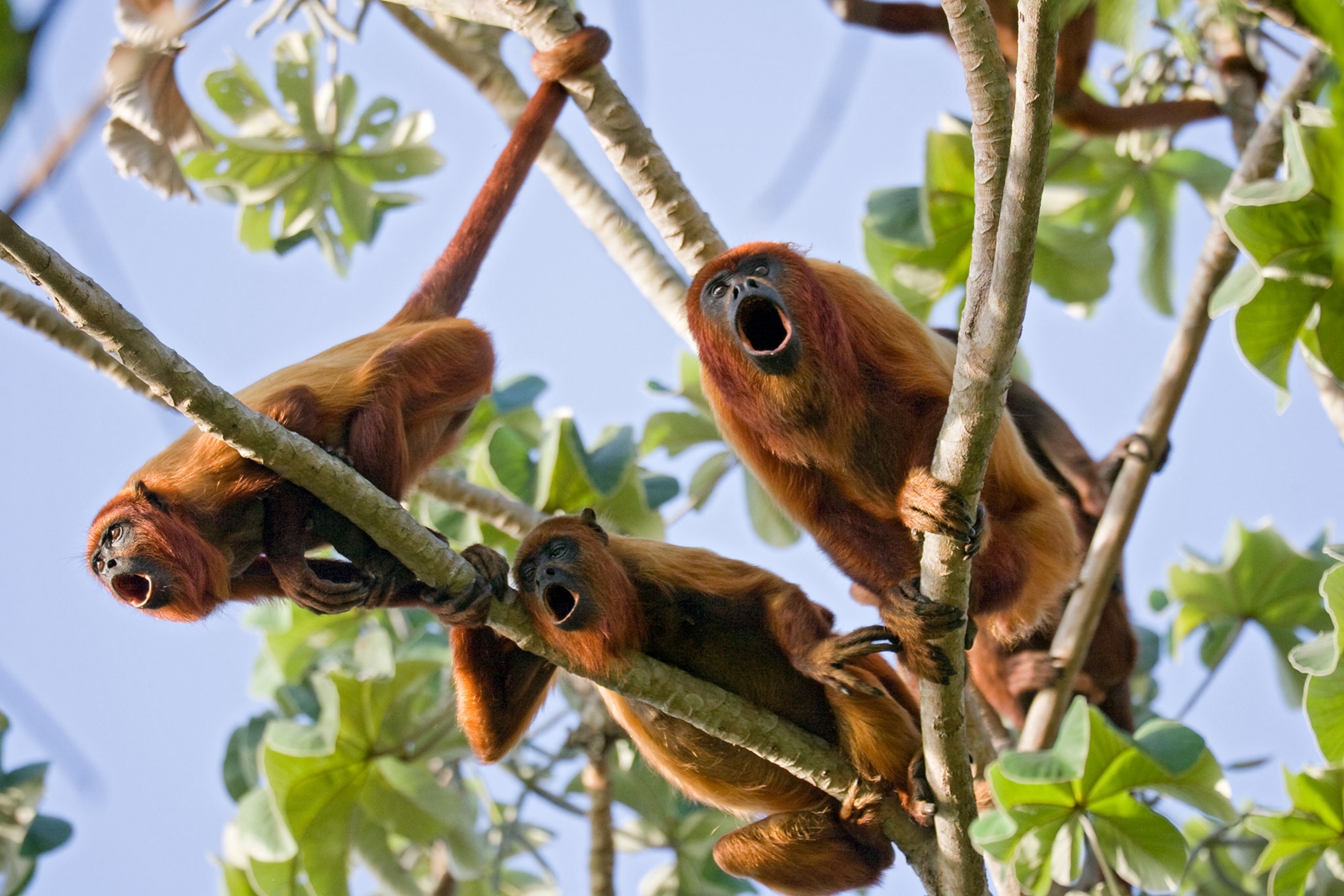
Howler Monkeys
Howler monkeys, of south Central America and northern South America have a hyoid bone, a hollow bone in the throat that amplifies their calls, making this relatively small primate one of the world’s loudest animals.
A 2015 study found that louder howler males have smaller testes and less sperm. They live in small groups with harems of females, while males with larger testes share females and compete for reproductive success via sperm amount and quality.
Maybe if you’ve really got it, you don’t need to shout about it.
Have a question about the weird and wild world? Tweet me or find me on Facebook. Weird Animal Question of the Week answers your questions every Saturday.

